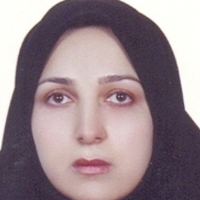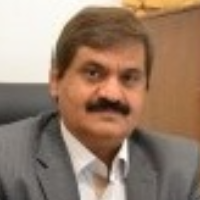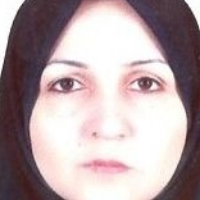Explaining the role of neighborhood social status in the tendency to its regeneration by applying the structural equation model (case study: city of Arak)
The prestige and identity of the middle tissues of Arak has been effective in the cost of land and has resulted in the destruction of usable residential units. Contrary to Bergess's theory - which describes the central fabric as a fabric with depressing neighborhoods with a sad and sometimes ruined appearance and the habitat of immigrants and low-income cities - the high price of land and the profitability of investing in the central fabric of Arak make it attractive. And has become the residence of the upper social and economic classes.
Throughout history and all around the world, the living spaces of different classes in cities have been segregated given their socio-economic conditions. The central fabric of the city of Arak, Iran is characterized by the highest housing and land prices, and many citizens wish to live there. The high price of land in this area has led to a high demand for housing. As a result, many of the buildings are demolished and converted into new, multi-story condominiums although usable by the owners and builders. Problems have arisen currently, and inappropriate prospects are expected for the future due to the replacement of single-family houses with multi-family apartment buildings without other residential needs considered, such as transportation, provision of health services, education, open and public green spaces, and parking spaces. The purpose of this article is to provide a structural modeling of the reasons for the above tendency and for the high prices of land in this fabric and of the impact of social status in the neighborhoods on regeneration.
The urban ecology perspective distinguishes cities from three aspects of household: socio-economic, family, and ethno-racial. The purpose of this paper is to investigate the role of the socio-economic status of high social classes on the high prices of land in the central fabric of Arak and its impact on the regeneration of the central city neighborhoods. Just as the lower classes and ethno-racial groups regard segregation as a way of uniting and preserving their identity, the upper classes try to maintain their residential territory in terms of habits and behaviors by segregating prestigious neighborhoods. Dignity or prestige results from approval by others. Therefore, social class can be defined as a group of individuals with similar positions in the labor market or with similar lifestyles and cultures. According to Weber’s socio-economic theory of capitalism, economic conditions alone do not necessarily determine one’s way of life.
This is an applied quantitative descriptive-causal study. For investigation of the orientation toward the central fabric and its effects on this fabric, different aspects of questionnaire data analysis and in-depth interview were considered using structural equation modeling and the Smart-PLS software.
The findings demonstrated that the central fabric of Arak has appealed to the population, contrary to Borges’ theory. The high prices of land in this fabric is mainly associated with its validity and authenticity (T value = 2.682). Its easy access to the city center is another factor affecting the orientation toward this fabric and the increase in land prices therein. These high prices have led to the demolition of single-family houses that are not yet very old, to be turned into multi-story apartment buildings. The effect of the low cost of transportation on the individuals’ decision to choose these neighborhoods to live in was not confirmed (T value = 1.306). The regeneration of the fabric has changed its demographic conditions and the departure of low-income classes (T value = 23.861). The output of the final matrix and the design of the interpretive structural model placed the two variables of transportation and social status in the dependent zone, the housing price variable in the linking zone, and the variables of demographic change and land use diversity in the independent zone. The central fabric of Arak appeals to citizens due to its originality, prestige, and expensive land. This is contrary to Borges’ theory, which describes the fabric around the city center as one with distressed neighborhoods and a miserable, destructed appearance where immigrants live.
Given that the original neighborhoods with indigenous populations in Arak provide proper opportunities for regeneration, gentrification of this fabric must be avoided, since land is a scarce resource in cities, and it is extremely costly to meet the infrastructure requirements of development. Moreover, urban managers should consider the current trend as an opportunity to provide a plan for efficient use of these lands because the lands in central Arak involve capacity and demand for housing. Thus, infrastructure and superstructure facilities and services also increase proportionally to the increase in density and residential construction. Acknowledgments The authors hereby express their gratitude to the Municipality of Arak for provision of the required information.
- حق عضویت دریافتی صرف حمایت از نشریات عضو و نگهداری، تکمیل و توسعه مگیران میشود.
- پرداخت حق اشتراک و دانلود مقالات اجازه بازنشر آن در سایر رسانههای چاپی و دیجیتال را به کاربر نمیدهد.




